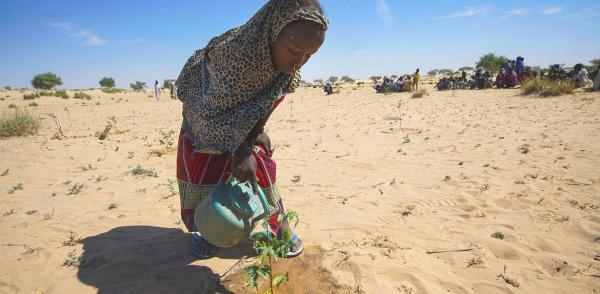WMO publishes First State of Global Water Resources Report
By Tobias Schmitz
30 Nov 2022 by The Water Diplomat

On the 29th of November, the World Meteorological Organisation released its first report on the state of global water resources, with a particular emphasis on the relationships between climate change and water resources. In a broader sense, the intention behind the report is to provide accurate and reliable data and information on water availability in individual river basins, as well as at higher levels of aggregation, including continents and overviews at the global level global overviews.
While other global reports exist such as the United Nations World Water Development Report published annually by UN Water, none of these reports provide an overview of hydrological conditions with a focus on the state of the world’s river basins. By producing an annual stocktake of the state of water resources, the WMO intends to fill a gap by building on the increasing capacity of global modelling systems and remote sensing such as data provided from satellites to generate data.
As the report states in its introduction, the impacts of climate change are often felt through water, and certainly over the last year, large parts of the world experienced dry conditions, such as the La Plata River basin in Latin America, the Colorado River basin in the Unites States, the Nile River basin in Africa, while basins such as the Zambezi in Africa and the Amur basin in China experienced exceptionally high flows. By presenting global data on streamflow, storage, high impact events and cryosphere data (water stored in ice masses such as glaciers), the report is able to compare 2021 to the preceding period since 2002 and show, for instance, an increase in water storage across large parts of Africa and a decrease in water storage across the south-west of the United States and south Asia.
At the same time, there is still a long way to go before hydrological data is shared with the WMO to the degree necessary to generate a detailed global overview of the kind it envisages. For the first report, only 34 of the 192 member states have so far assigned national focal points to share data with the WMO for the purposes of the report. The first report remains therefore, a ‘pilot edition’ which invites member states to “share hydrological information in accordance with the WMO Unified Data Policy to help augment the validation process”.
